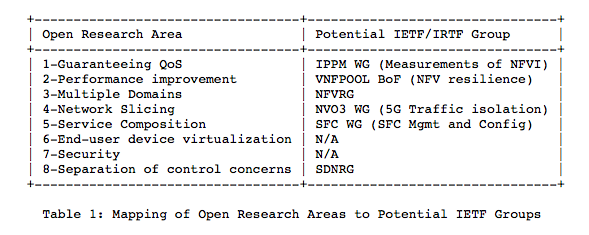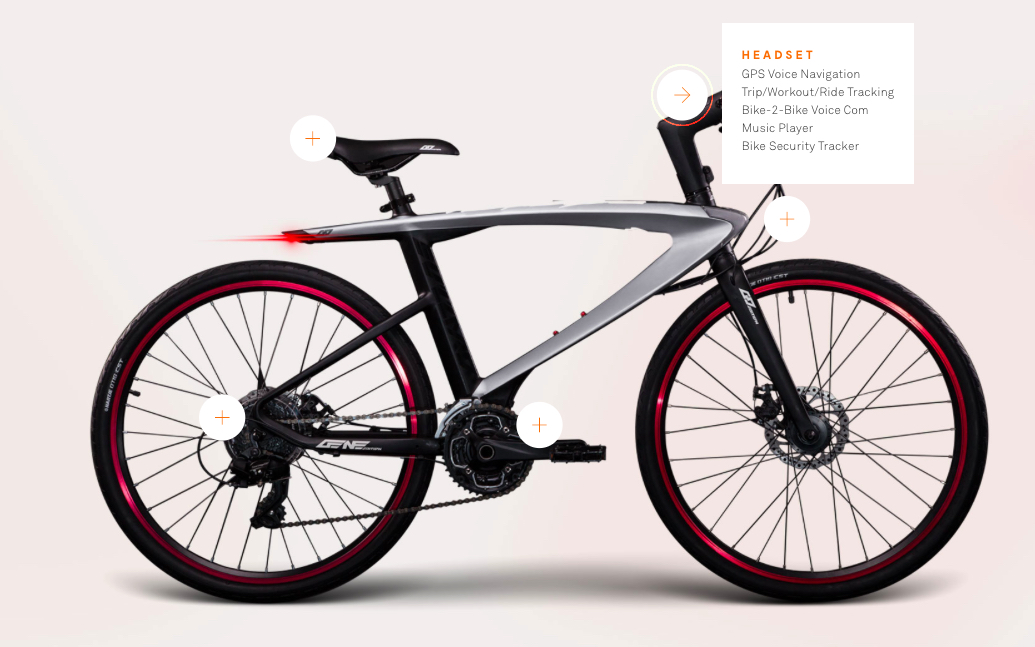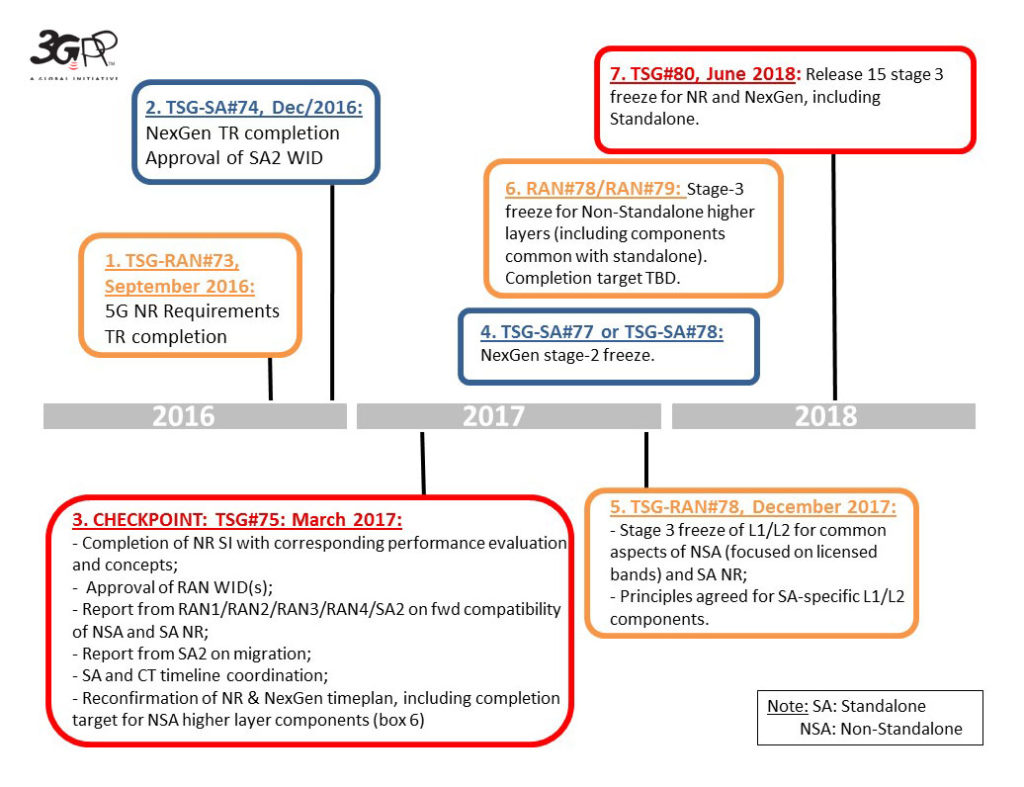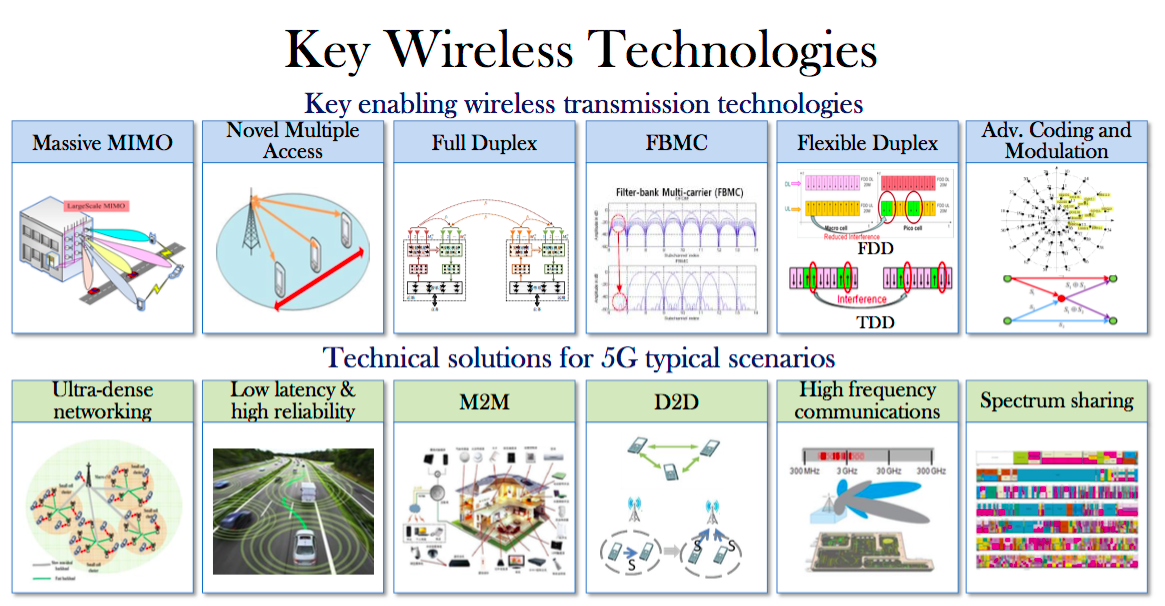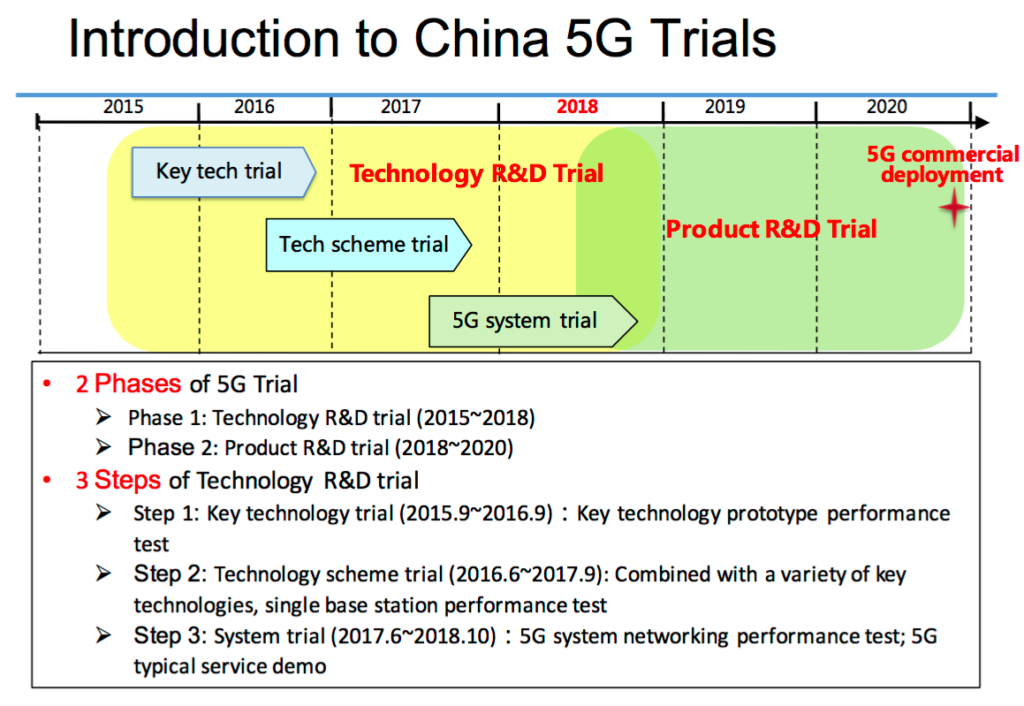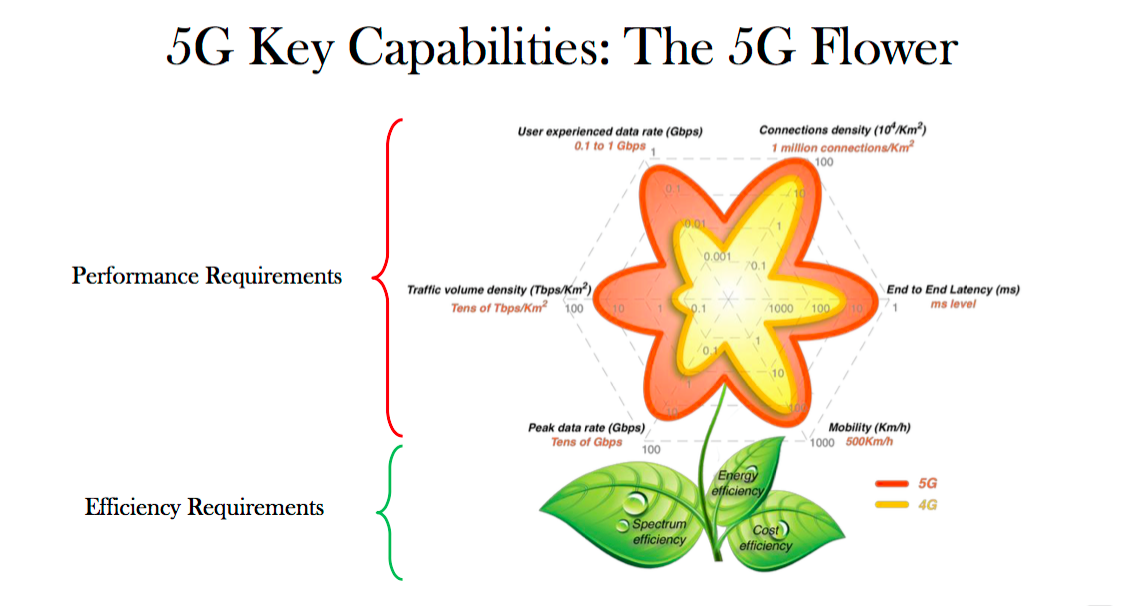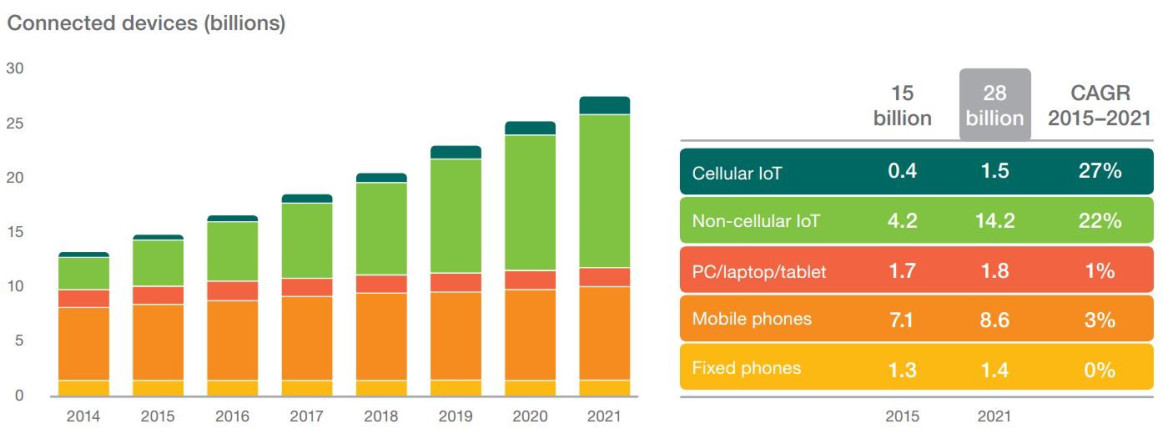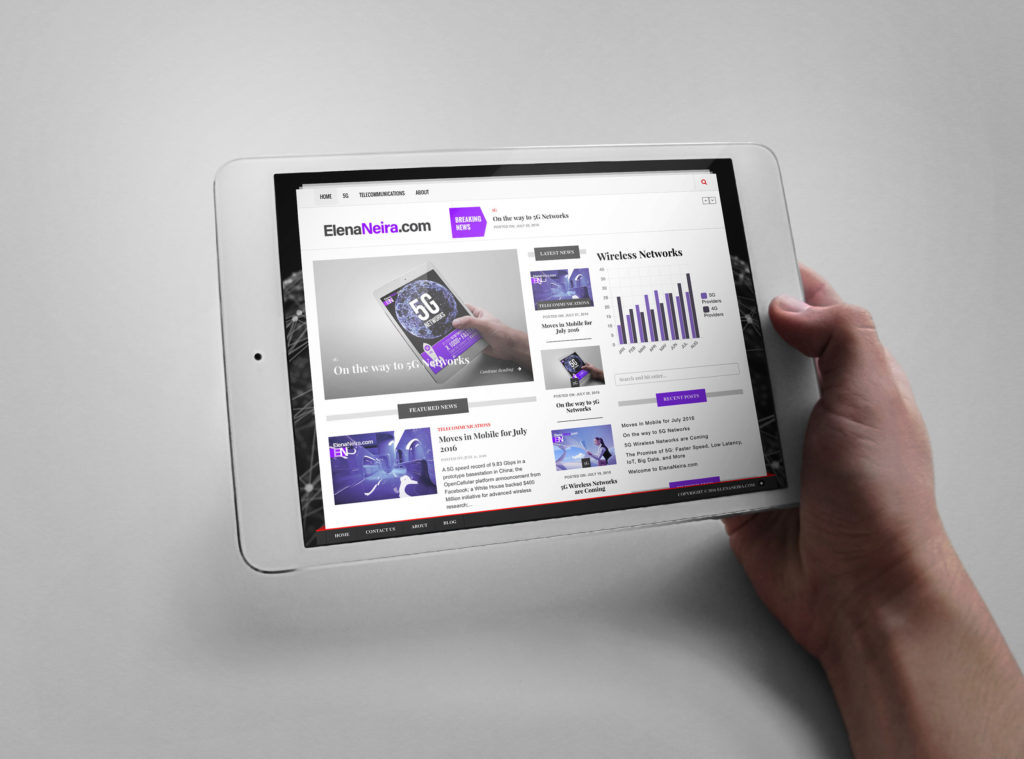At this week’s CTIA 2016 Super Mobility show, the industry presented a “beyond smartphones” picture with cars, robots, drones, and IoT being incorporated to the mobile ecosystem. Enabling mobility, connectivity and competition for all is a major care-about for FCC’s Chairman Tom Wheeler. He uncover his recipes enabling all this 5G innovation, among others he said that supporting the antenna deployments envisioned for 5G might require to share infrastructure and spectrum. He also outlined a new experimental licensing system to foster 5G innovation among researchers, universities, OEMs and other innovators.
Wheeler’s three key recipes to unlock the 5G Opportunity: The FCC Chairman outlined “three keys for what the Commission can do to help unlock the 5G opportunity:
- Ensuring ample availability of spectrum to a range of competitors;
- Taking all steps to foster competitive provision of infrastructure; and
- Removing unnecessary hurdles to siting.
In all these areas, the FCC has activities underway. Yet, let’s be realistic, there is more to be done if 5G is to realize its promise,”
In the area of infrastructure sharing, the FCC Chairman said “I’m not endorsing shared infrastructure in every and all circumstances, and certainly not opening a door to consolidation… But I am saying that if we’re talking about thousands of antennas in a city, and you’ve got four carriers, and we are serious about leading the world in 5G deployment in our very large and spread-out country, we ought to explore creative options on how best to build that infrastructure.”
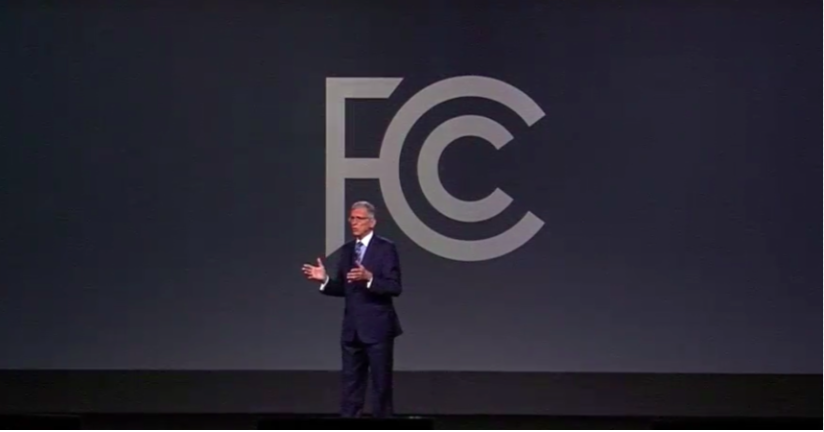
There was no mention to specific new actions or programs for spectrum sharing per se. Take a look at our earlier note on spectrum sharing initiatives at other US Government agency, DARPA to get a hint of where things might be heading.
Wheeler announced a soon be launching new electronic filing system to accept applications for program experimental licenses to facilitate technology testing, integration and innovation. “Experimental licensing has led to countless wireless innovations through the generations of wireless technologies,” Wheeler said. “The new program licenses will provide much greater flexibility for researchers, universities, OEMs, and other innovators to conduct experiments and field tests of 5G technologies at scale.”
@elenaneira
Resources: FCC Keynote at Super Mobility 2016 and the full transcript is below:
Thank you, Meredith.
Standing in front of this group at this point in time, it’s hard not to think back to when I first stood on this stage in 1992.
A look back to my first days at CTIA gives useful perspective.
Shortly after I arrived, we celebrated reaching a momentous milestone: 10 million subscribers.
I did an event in Louisiana with the symbolic 10 millionth subscriber. By some amazing coincidence, she lived in the Congressional district of the Chairman of the House Telecommunications Subcommittee. She was a large animal veterinarian, and she told me the story of how she had been in the field tending to an injured animal only to have her phone ring with a call from a farmer who had a heifer in labor with a breached calf.
Think about that. A relatively short time ago, this was everybody’s idea of a whiz-bang dog-and-pony show.
Now look around us.
We’ve gone from celebrating 10 million mobile subscribers to having more people around the world connected to the mobile network than to the electric grid. More people globally with mobile phones than toothbrushes.
Back then, being able to call a specialist outside the office was a killer app for healthcare. Today, sensors can monitor our vitals in real-time and notify a doctor in case something’s wrong.
This is what living history looks like. This industry has connected hundreds of millions of Americans, transforming our economy and how we live.
But you’ve done something even more significant – even more profound. Thanks to the people in this room and those who came before you, for the first time in history, the relationship between networks and those who use them has changed.
Until mobile communications, the network was in control, commanding the user to come to the network. You could only enjoy the network on its terms, which shaped the patterns of economic activity.
Over the past 30-plus years, you’ve gradually created a new network paradigm where network-usage is no long network-dictated. Instead of the user having to come to the network, the network has come to the user. And that user now has an ever-more powerful smartphone computer in her hand, giving her the power to consume, and perhaps more important, create information like never before. This new paradigm has already unleashed significant new productivity; transformed the role of the media; and put us on the path to the most important network-driven transformation of society in human history.
When I stood on this stage years ago, I was constantly saying, “You ain’t seen nothing yet.” Well, pardon me for being repetitive, because here comes 5G.
5G is like the missing piece of the puzzle depicting the wireless future: Where today’s wired and wireless networks force customers to choose EITHER high speed and capacity OR mobility, 5G’s promise of gigabit mobile connections at any location will open up hugely disruptive new value propositions for the users of networks.
Think about it. In the 21st century, we have already built the most powerful engine of innovation the world has ever known. The investment of hundreds of billions to deploy almost ubiquitous wired and wireless networks enables creativity to come from anyone, anywhere, anytime. Virtually unlimited fiber capacity to millions of fixed locations removes bandwidth as a constraint on innovation in many labs and businesses. Thanks to the Internet’s open design, which is protected by FCC rules, U.S. entrepreneurs can offer their ideas on this platform without having to ask anyone’s permission. We’ve seen the deployment of massive storage and computing capacity in the cloud, the accumulation of trillions and trillions of bytes of digital information about pretty much all areas of economic activity, and the sale of a billion smartphones each with greater computing capacity than the most powerful computers of just a few years ago.
What’s still missing? What is the biggest remaining constraint on that “Vision of the Wireless Future” we used to talk about? Ultra-high-speed, high-capacity, low-latency, secure mobile connectivity. That’s what 5G delivers. As this industry proved when it removed the network limitation of having to be in a fixed place, removing network limitations opens up exciting uses. And now the limitations of speed, capacity and latency are about to become history.
So, the question becomes, “What do we need to do seize the 5G opportunity?”
The answer, of course, starts with competition. With four nationwide carriers, the U.S. wireless industry continues to invest in faster, better networks with $33 billion invested last year and nearly $100 billion invested over the past 3 years. That’s over and above the investment of billions in spectrum acquisition. New services and applications are constantly being introduced and consumer demand seems insatiable. Wireless data use more than doubled from 2014 to 2015, and continued growth is projected for the foreseeable future.
Our focus must be on continuing to promote a competitive marketplace. History suggests that major technological changes such as the 5G transition bring disruption to industry structures, with new entrants capitalizing on previously unavailable value propositions. But continued vigilance is required to ensure that there is no diminution in competition as result of technological or marketplace developments.
History has also shown that a light-touch regulatory approach, as embodied in Section 332 of the Communications Act, is conducive to innovation and investment. We should forbear from rules like rate regulation that don’t make sense for the kind of services offered, while preserving the right to throw the flag if needed to protect consumers and competition. This approach has worked for over 20 years for your industry and is the model for our new Open Internet rules.
Let’s move from the more high-level to more 5G-specific strategies.
There are three keys for what the Commission can do to help unlock the 5G opportunity: 1) ensuring ample availability of spectrum to a range of competitors; 2) taking all steps to foster competitive provision of infrastructure; and 3) removing unnecessary hurdles to siting. In all these areas, the FCC has activities underway. Yet, let’s be realistic, there is more to be done if 5G is to realize its promise.
On spectrum, the FCC has opened the door to the spectrum trifecta. We’ve targeted low-band, mid-band, and high-band airwaves that make available unprecedented amounts of spectrum.
After years of work, we are finally in the midst of the historic incentive auction to make available greenfield low-band spectrum. For as long as I can recall, this industry has had a constant refrain that government should make available more spectrum. The Congress responded, and the FCC implemented a plan to do just that. We created a market that made available 126 MHz of prime beachfront spectrum in the 600MHz band. As you know, however, that market closed when the cost to clear that amount of broadcast spectrum exceeded the bid prices of the carriers. We resume bidding next week a new reverse auction to determine the cost to clear a reduced amount – 114 MHz – of spectrum. Following that, we’ll again turn to the forward auction to determine if the spectrum is worth that cost to you.
The Incentive Auction, however, is just a part of the spectrum trifecta. The Commission’s record-setting AWS-3 auction and creation of the new Citizens Broadband Radio service in the 3.5 GHz band are landmarks in using new sharing tools to open up more mid-band spectrum. It is interesting that this is apparently where Europe sees its 5G developing.
And, of course, this summer, the FCC approved an order making the U.S. the first country in the world to open up high-band spectrum for 5G networks and applications. And in order to give this industry the opportunity to lead the world in 5G, we did it in record time—only nine months from proposal to final decision.
In all three of these allocations, the Commission sticks to a proven formula: Lead the world in spectrum availability, encourage and protect innovation-driving competition, and stay out of the way of technological development and the details of implementation.
We are also going to keep the pedal down on making more high-band spectrum available for 5G. And while we are busy putting out new spectrum, we will facilitate experimentation and innovation – by soon launching our electronic filing system to accept applications for program experimental licenses. Experimental licensing has led to countless wireless innovations through the generations of wireless technologies. The new program licenses will provide much greater flexibility for researchers, universities, OEMs, and other innovators to conduct experiments and field tests of 5G technologies at scale.
That’s spectrum. How about item #2, infrastructure, specifically backhaul?
Regardless of the spectrum allocation, 5G will require a lot more cells, particularly at the higher frequencies. These small cell sites will need to be connected, so we’ll need a lot more backhaul.
In many areas, competition in the supply of backhaul remains limited, and that can translate into higher costs for wireless networks, higher prices for consumers, and an adverse impact on competition.
Back when I was at CTIA, members were constantly telling me that we needed to do something about special access, the kind of dedicated lines that wireless providers need to connect antennas to their networks. But the reality of trade association politics kept that from happening. Action on this issue is a long time coming – but that time has arrived.
Before the end of this year the Commission will take up a reform proposal – supported by the nation’s leading wireless carriers, save one – that will tackle this issue and encourage innovation and investment in what we now call Business Data Services, while ensuring that lack of competition in some places cannot be used to hold 5G hostage.
There must be fair backhaul prices and availability if we are to connect all these small cells.
And the issue of an expanded number of cell sites brings us to the third 5G challenge: siting.
How many more small cells are we talking about? Estimates are a 10x growth, and potentially significantly more. That’s hundreds of thousands, maybe even millions of new antennas. That’s hundreds of thousands, if not millions of siting decisions. Which raises quite a few questions: What can government do accelerate investment in building out small cells? How can federal, state, and local levels of government work more effectively with the private sector? Or to take it down to real brass tacks, how can we work with siting authorities to allow the plethora of antennas that will be required quickly and at a reasonable cost?
Two things.
One, we need to tell the story of what 5G is–and not just in terms of technology, but as deliverables that mean something to real people. We will be unsuccessful in dealing with NIMBYism and the recalcitrance of local authorities if all we talk about is engineering. We may all love the fabulous engineering in 5G, but if we want the technology to be successfully deployed, we need to talk about its benefits for people and their communities.
We have to help leaders at the local level – and all levels for that matter –understand that 5G will make the Internet of Things real. But even talking about IoT is too obtuse. Let’s talk about the benefits of smart-city energy grids, safer transportation networks, and new opportunities to improve health care. Let’s paint the picture of how 5G will unleash immersive education and entertainment industries, and how 5G will unlock new ways for local employers to grow, whether it’s a small specialty shop or a large factory, creating new jobs and improving services for the community.
5G is not a technology. It is a revolution.
It is also necessary to explain that the nature of 5G technology doesn’t just mean more antenna sites, it also means that without such sites the benefits of 5G may be sharply diminished. In the pre-5G world, fending off sites from the immediate neighborhood didn’t necessarily mean sacrificing the advantages of obtaining service from a distant cell site. With the anticipated 5G architecture, that would appear to be less feasible, perhaps much less feasible.
Furthermore, the nature of the technology makes the review and approval by community siting authorities, and the associated costs and fees, all the more critical. There are just over 200,000 cell towers in the U.S., but there may be millions of small cell sites in the 5G future. If siting for a small cell takes as long and costs as much as siting for a cell tower, few communities will ever have the benefits of 5G. We recognize that this is a major concern and are committed to working to lessen these burdens and costs to ensure that 5G is available nationwide, while respecting the vital role that the communities themselves play in the siting process.
So, that’s one challenge we face together. We also need to think creatively about smart solutions to the deployment of the antennas necessary for 5G to benefit the public. In that regard, how do we learn from experience and get in front of this challenge?
Here’s one example of what you did before.
Back in 2001, Cingular and T-Mobile undertook a joint venture called Empire. The carriers agreed to share each other’s spectrum and infrastructure in three states, enabling each to quickly fill coverage needs while avoiding the costs of building out redundant infrastructure. The deal was dissolved when Cingular purchased AT&T wireless, but it was considered a success.
To be clear, I’m not endorsing shared infrastructure in every and all circumstances, and certainly not opening a door to consolidation. But I am saying that if we’re talking about thousands of antennas in a city, and you’ve got four carriers, and we are serious about leading the world in 5G deployment in our very large and spread-out country, we ought to explore creative options on how best to build that infrastructure.
For our part, the Commission is committed to cutting red tape. We’ve streamlined our environmental and historic preservation rules, and tightened our ‘shot clock’ for siting application reviews.
I’ve cited spectrum, infrastructure, and siting as the three keys to 5G, but there are others important issues that warrant mentioning.
Next-generation networks must be secure, and the Commission is engaged with industry to make sure cybersecurity is addressed during the design phase for the entire 5G ecosystem, including devices.
Privacy is another important topic. A lot of the value of 5G will come from the exploitation of Big Data, so it’s imperative that carriers have privacy policies that enable customers to understand and control how their personal information is being used.
The bottom line is that there is a roadmap to chart our 5G future. Now is the time to make it happen.
Let’s lead the world in 5G deployment the way we led the world in 4G, giving U.S. developers a home field advantage in creating the apps and services of tomorrow.
Let’s remember than 5G is not an international zero-sum game. The tides of 5G will lift all boats, and create opportunities for individuals all across the world.
Let’s commit ourselves to maximizing the benefits of 5G for rural America. We cannot allow the 5G future to be the sole province of urban areas.
Let’s never stop pushing boundaries so that 5G and the advances it will enable go beyond what we can imagine today.
I have no doubt this industry will rise to this challenge, as you have time and again.
John Gardner once said, “History doesn’t look like history when you’re living it.”
Well, this industry is not just living history, you are writing it. I believe we are not just about to turn the page, but rather open a whole new chapter in the ongoing story of how communications networks have transformed the world for the benefit of all of us.
Thank you.








